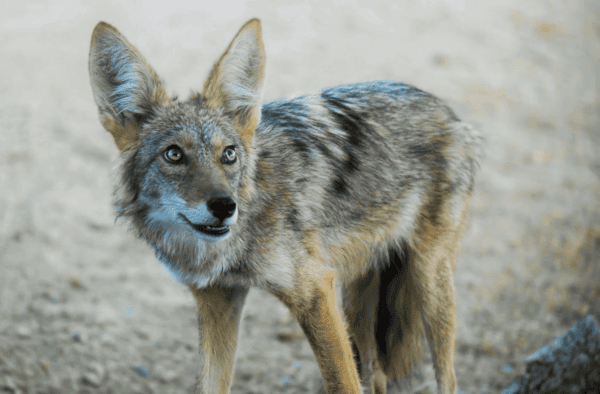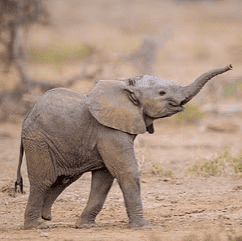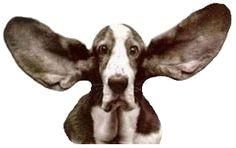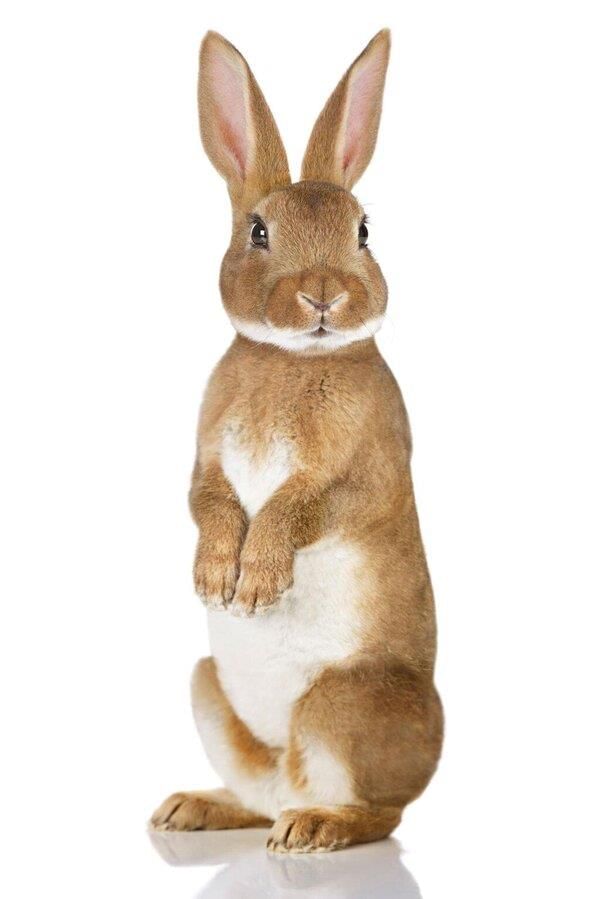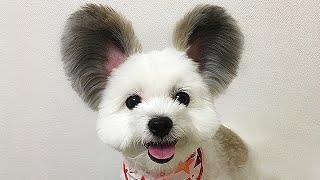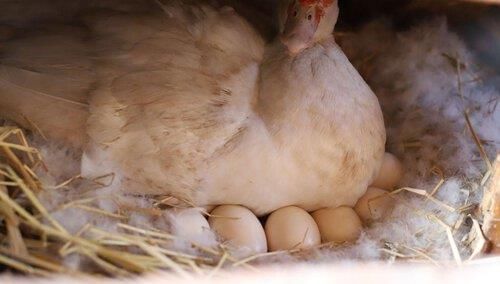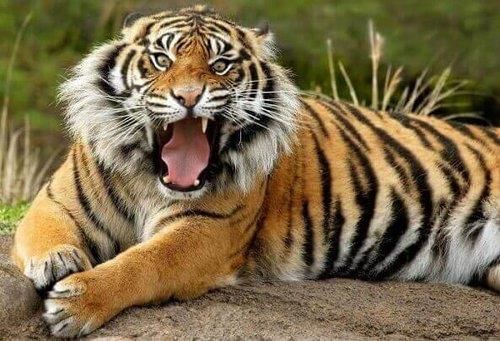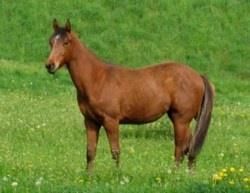|
Seeing with our eyes, hearing with our ears, smelling with our noses, tasting with our tongues, and feeling with our skin. 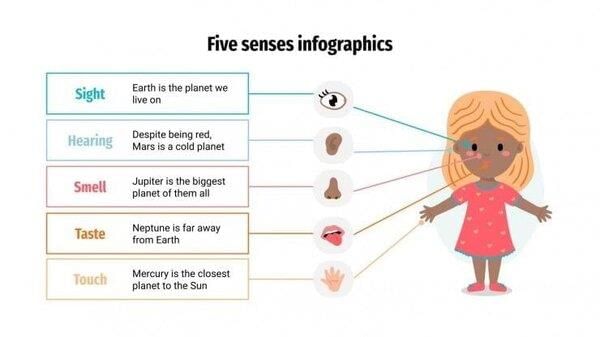 |
Card: 2 / 36 |
|
Riddle: I am a creature with ears that belong to another, yet I look quite funny. What am I? |
Card: 7 / 36 |
|
How do the features of ears and skin relate to reproduction in different creatures? |
Card: 9 / 36 |
|
These features can indicate how animals reproduce, whether by giving birth or laying eggs. |
Card: 10 / 36 |
|
Multiple choice: Which of the following pairs is incorrectly matched based on the description? A) Elephant - Mouse's ears, B) Buffalo - Deer’s ears, C) Giraffe - Mouse’s ears, D) Dog - Rabbit’s ears. |
Card: 13 / 36 |
|
What is the primary difference between animals that give birth to live young and those that lay eggs? |
Card: 17 / 36 |
|
Animals that give birth to live young typically have visible ears and hair on their skin, while those that lay eggs usually lack visible ears and hair on their skin. |
Card: 18 / 36 |
 Unlock all Flashcards with EduRev Infinity Plan Starting from @ ₹99 only
|
|
Fill in the blank: Animals with visible ears and hair on their skin, such as ___ and ___, give birth to their young. |
Card: 19 / 36 |
|
They provide companionship, require care, and can express emotions similar to humans. |
Card: 26 / 36 |
|
Dinosaurs are no longer present on Earth, but we can learn about them from ___ and ___. |
Card: 29 / 36 |
|
False. Crocodiles and birds share similar features or behaviors with dinosaurs. |
Card: 32 / 36 |
|
Fill in the blank: The patterns on an animal's skin are often a result of its ___ or ___. |
Card: 33 / 36 |
|
Riddle: I am smooth without patterns, but put on some stripes, and I become a zebra. What am I? |
Card: 35 / 36 |





